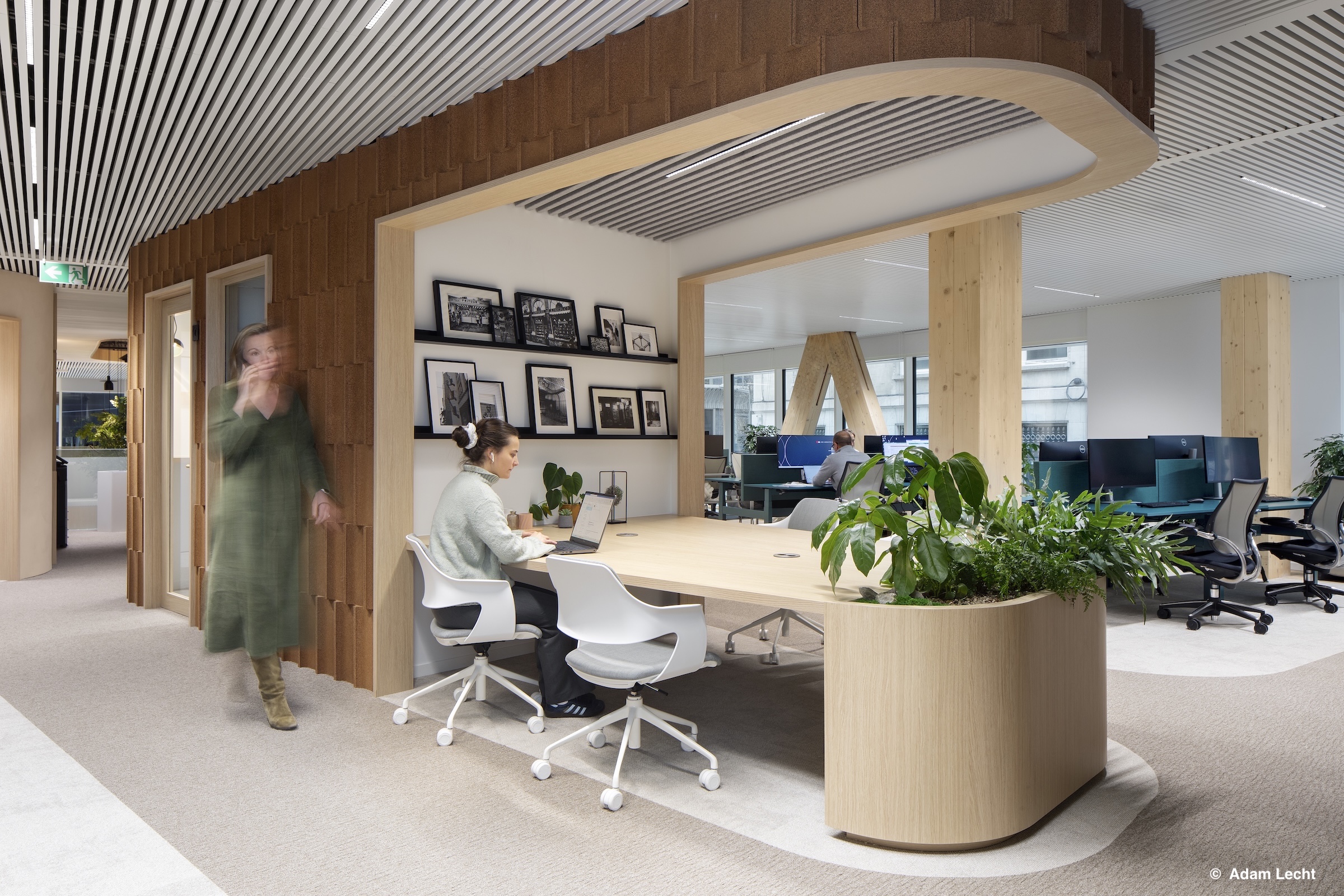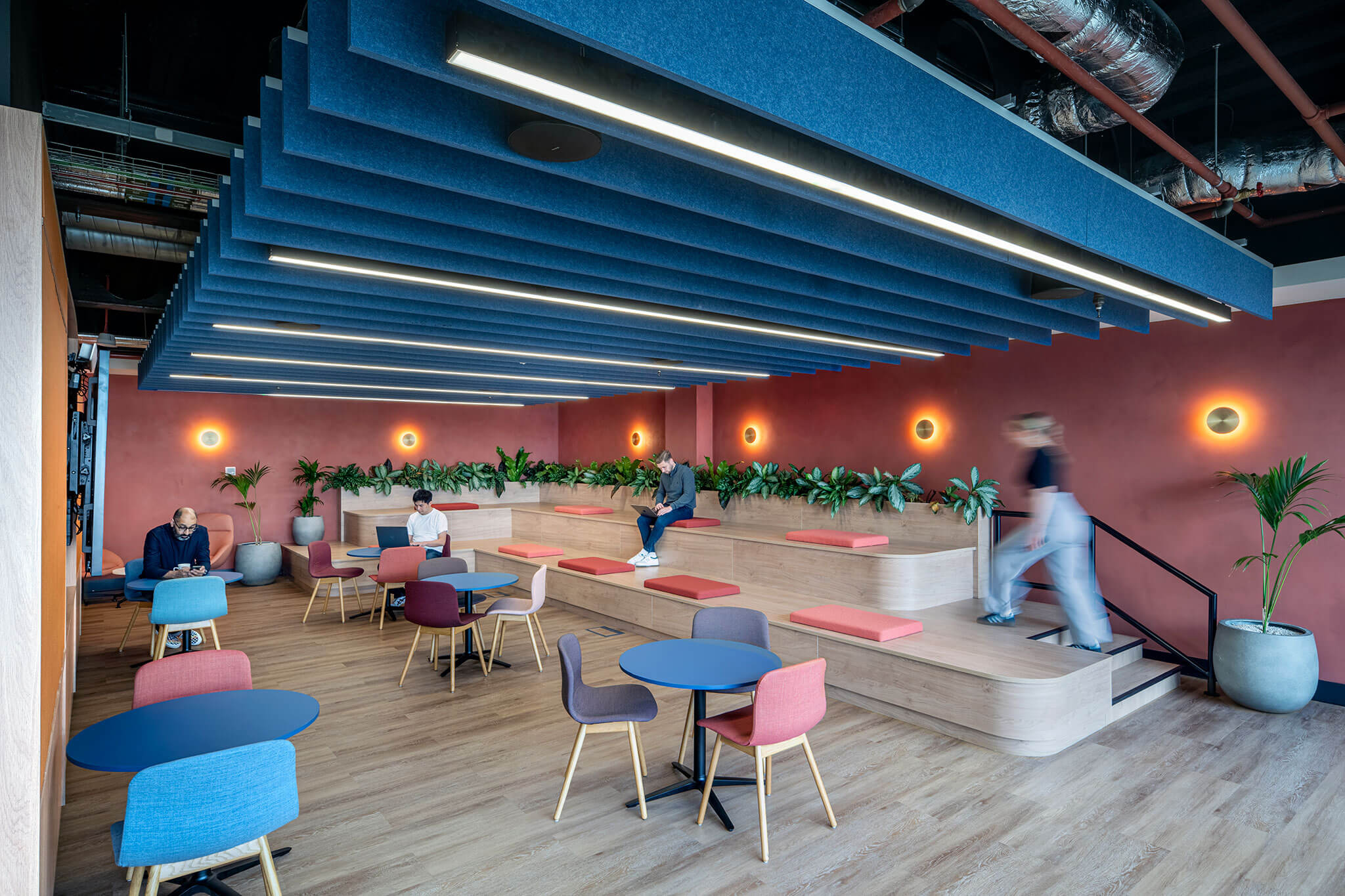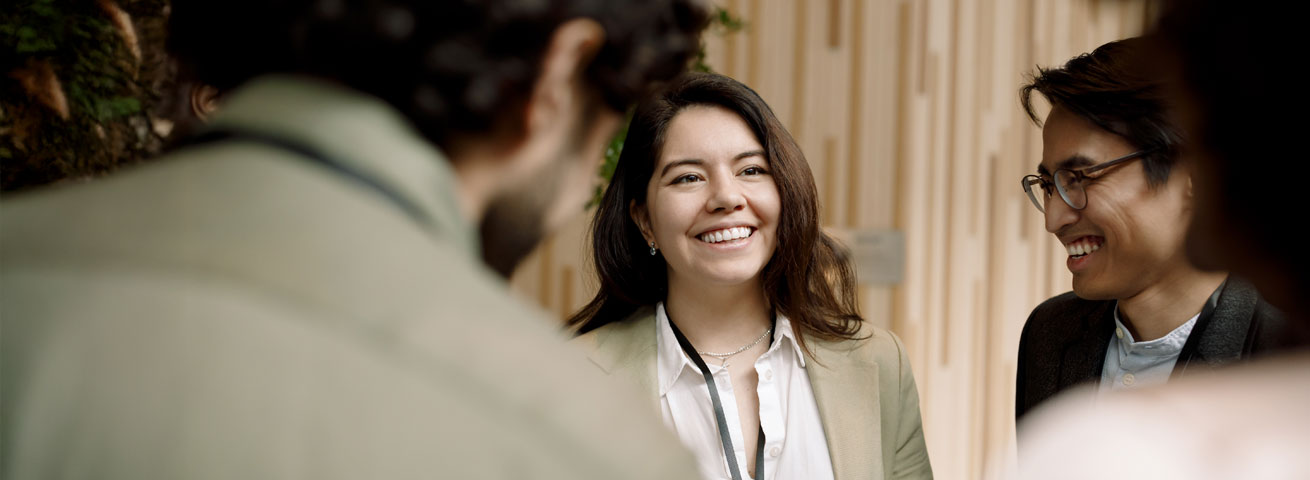As the world begins to reopen after the COVID-19 pandemic, hoteliers will need to use every opportunity to catch up on lost time, and the lobby may well be the key. It may be time to reimagine their design to entice travellers to choose them for a long-awaited visit to a new destination. So-called “revenge travel” – making up for lost time – is a very real trend. So, how can you ensure that your hotel stands out from the crowd?
First impressions matter!
The lobby is the heart of the hotel, the first thing visitors encounter. “The lobby is no longer just a transactional space,” says Sharon Grob, EMEA Hotels Client Development Director. “The next generation of travellers don’t want a reception where they just check in and out and that’s it. They want to relax in it, meet people and mingle, and use it for other purposes. Increasingly, digital nomads – a whole other type of modern worker – blur the lines between work and pleasure and are more likely to use a hotel lobby as somewhere to work and relax.”
This focal point not only reassures guests that this is a place designed for them, but gives a sense of occasion and is a destination in itself. The hotels that get this right invoke a genuine sense of place and belonging. “To attract the next generation of traveller, the lobby should be relaxing and welcoming but simultaneously deliver an experience. People need to know they can relax here, but it needs to serve a multitude of purposes and, done well, generates strong and consistent revenue streams for the owners and operators.”
Good hotel designers often draw from their location, taking local inspiration for their design. Using locally sourced materials and furniture can not only reduce the carbon footprint and incorporate the surroundings but showcase local trades and traditions, delivering that all important sense of place. Locally sourcing items and local inspiration can have the added benefit of making it easier for your fit-out consultants to find exactly what your hotel needs and additionally allows you to give back to your surrounding communities and economies.
The lifestyle hotel
The next gen traveller isn’t seeking somewhere just to sleep – they’re looking for a hotel that is just as much a part of their travelling and exploring as the rest of their trip.
“Younger travellers see the hotel as so much more than a place to sleep. It builds part of their experience, which is why the hotel lobby needs to be multifunctional,” Sharon says. The design and fit out should therefore reflect this with fittings and furniture that make it easy to relax, meet, socialise, work and much more. This versatility also helps hotels adapt spaces to meet ever changing needs. The ability to reconfigure and section off spaces to cater for events is high on every hotel owner’s wish list.
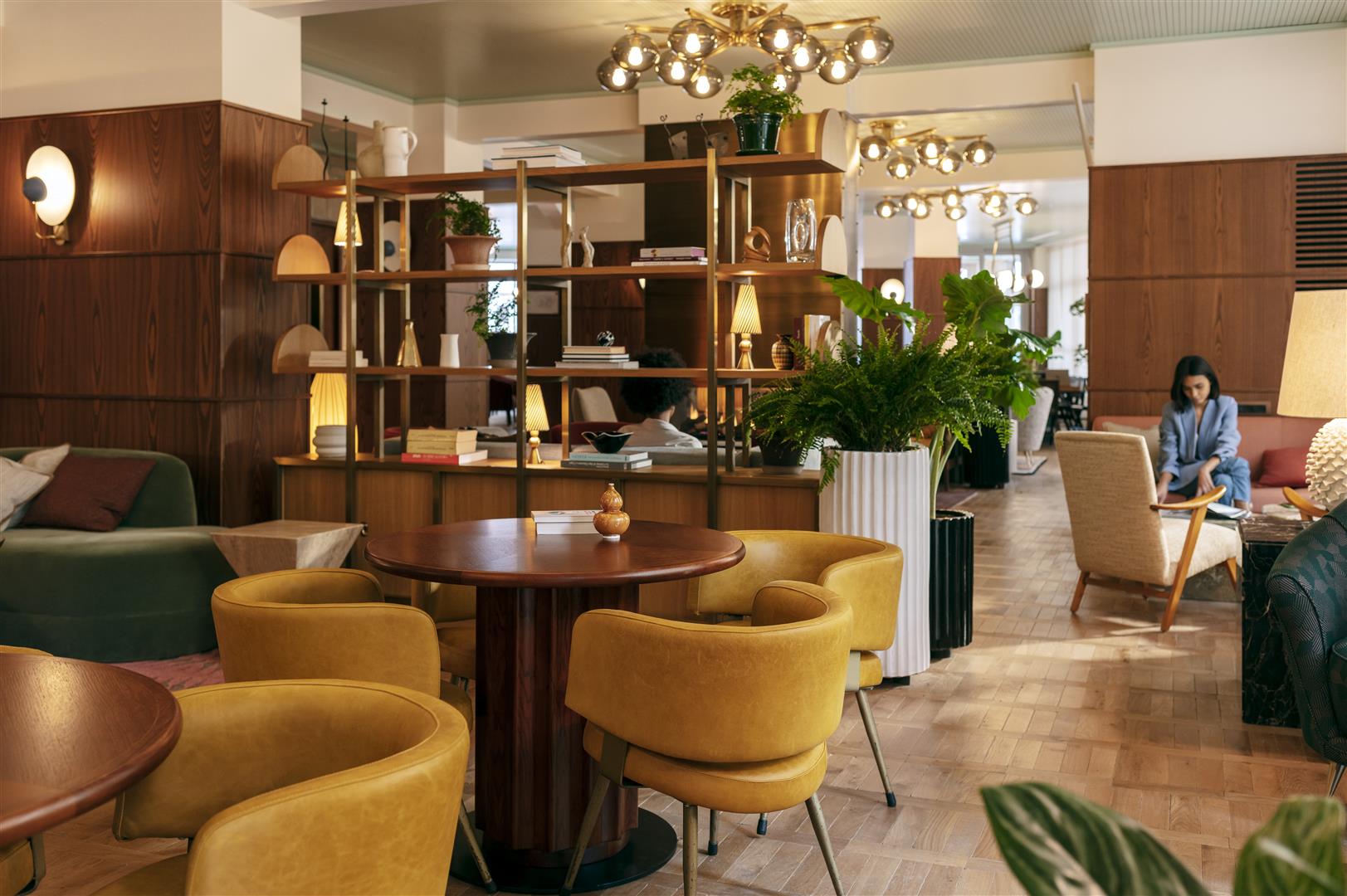
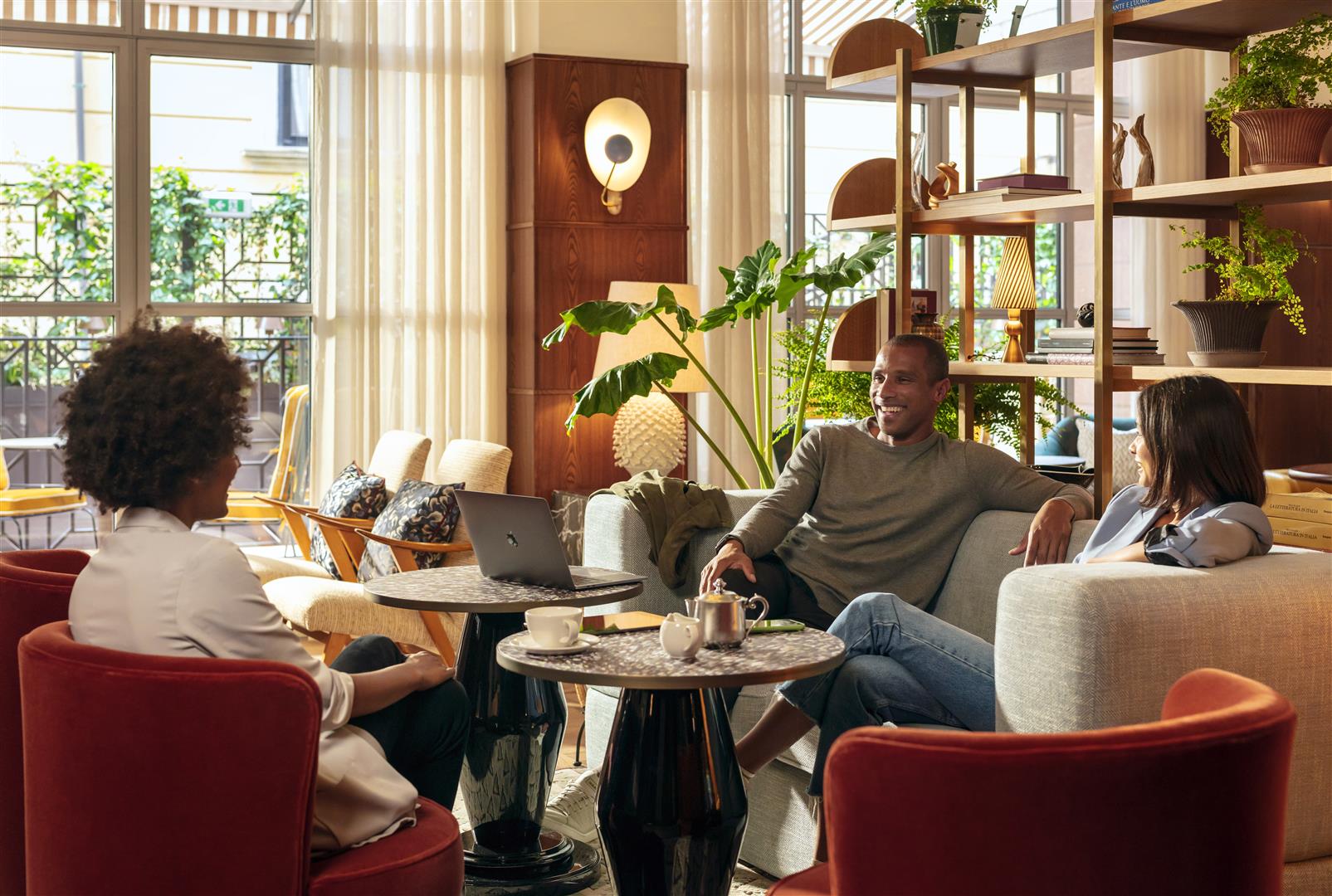
Aesthetics also play a key role for this demographic. Nowadays, what qualifies as a tourist destination is greatly influenced by how ‘Instagrammable’ somewhere is, so good design will incorporate features that will encourage visitors to snap a photo and spread the word on social media. A well thought out lobby, rooftop terrace, water features, sculptures, well designed restaurants and bars, or any unique or quirky aesthetic feature will boost people’s engagement and promote your brand for free.
“The people who visit your hotel can and will be your biggest brand ambassadors. If you have a feature that they can’t find elsewhere, or a fantastic view, you’ve already won,” Sharon reiterates.
The business hotel
People who check into business hotels typically spend most of their time dashing from airports to hotels and on to meetings.
They can be quite time-poor, so business hotels need to be efficient and well prepared for anything a working professional may need. Business hotels should be consistent and comfortable above all else. The traditional business traveller has little time to find their way around a new system. Everything should be thought of, including discreet areas to conduct meetings. For many business travellers, the one thing they won’t compromise on is a good night’s sleep. If the exuberance of the common areas overflows, that might be difficult!
Business hotels also need to make sure they’re well stocked and fully equipped for anything that businesspeople may need, like a simple plug adaptor or USB ports. “These professionals have a lot on their minds anyway, so if business hotels can take the pressure off by thinking of what these travellers may need at the last minute or may have forgotten, you can be sure that they’ll book with you again.”
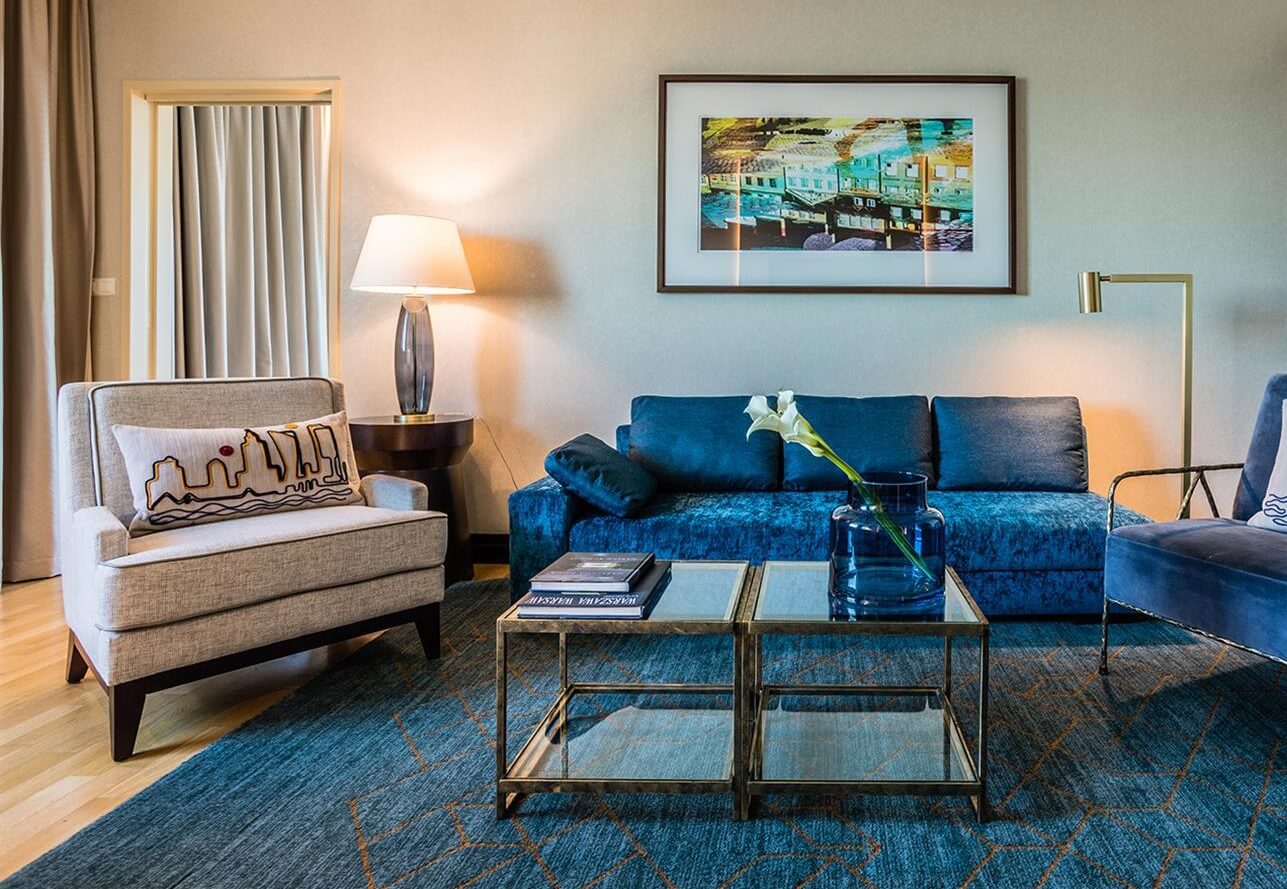
The luxury hotel
A sense of grandeur is key when thinking about a luxury hotel lobby. “All furnishings need to be top quality with immaculate execution and fit-out. This is where we usually see rare marbles, exotic woods and other high-cost finishes. Even on luxury hotel budgets, value is key for the hotel owner and a good designer will ensure maximum impact with these materials. People are spending a lot of money to be there, so they expect top-rate service and that the hotel will go above and beyond.
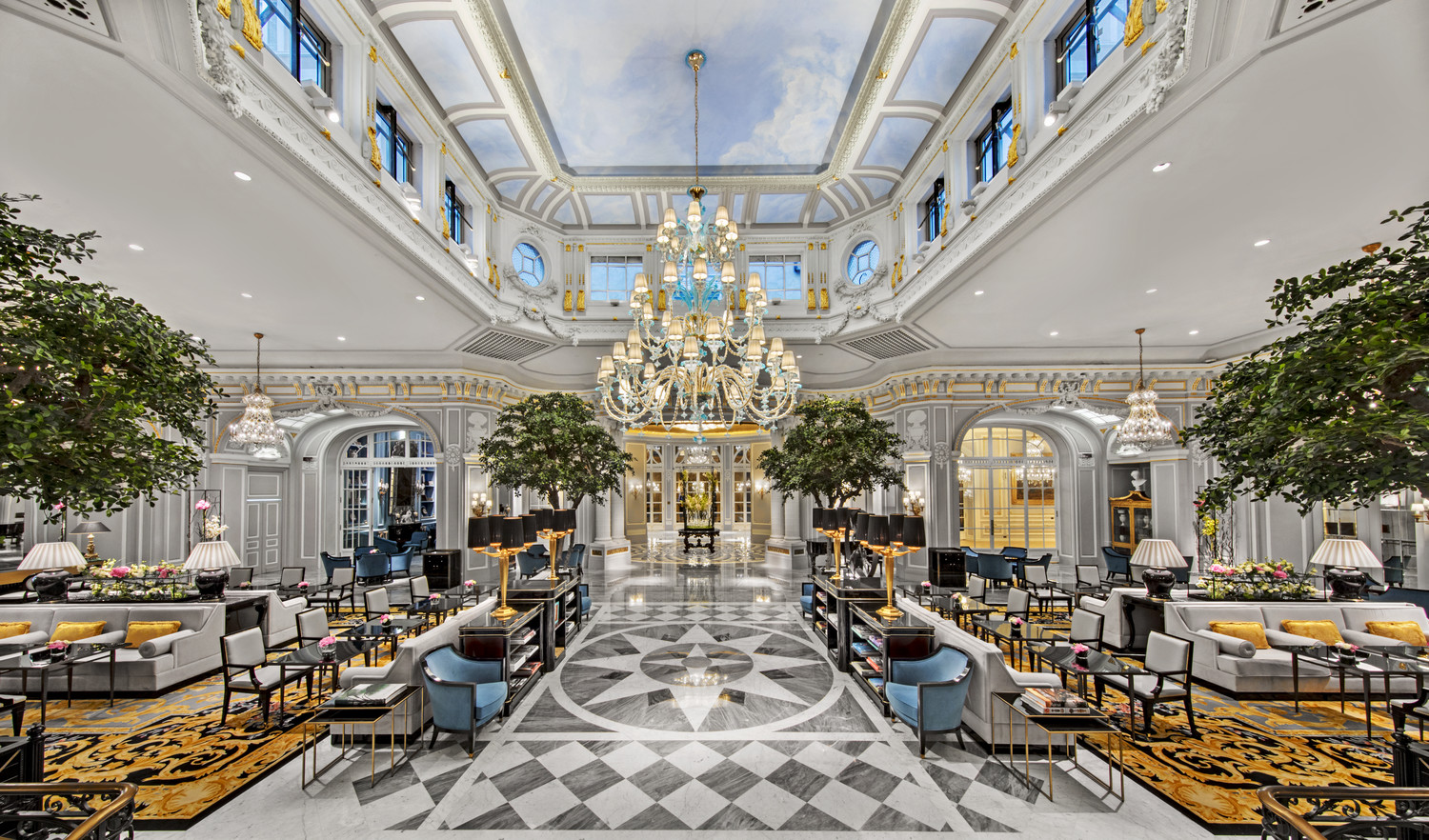
In terms of fit-out, luxury hotels offer finishes and features like nowhere else – unique to that particular hotel. Again, a sense of place is key – travellers want to be hit with a sensory experience with locally inspired elements so that they can differentiate whether they’re in Cannes or Mumbai,” says Sharon, highlighting again the importance of adding local flair but to a luxury specification. “As soon as guests step into the lobby, they need to feel like the hotel can provide absolutely anything they want and give them a one-of-a-kind, opulent stay.”
The budget-friendly hotel
Even on a budget, the lobby can be a meaningful place for travellers. “Typically, rooms in these hotels are small and basic, so the lobby becomes a key area for people to meet other travellers, hang out, relax, and figure out their plans for the day,” says Sharon. As a result, furnishings should be flexible with both individual spaces for working and quiet relaxation, as well as more communal areas such as benches which can serve as places to eat and drink as well as plug in laptops to casually browse the internet and plan the rest of their journey.
This demographic is typically younger and in a similar age bracket to those who frequent lifestyle hotels, so incorporating similar unique design elements and furnishings that have a personality can go a long way. “Budget travellers know what they’re getting, but you can always fit out your hotel so that it leaves a long-lasting, positive impression, and that starts with the lobby, which is the hub and heart of any hotel.”

Get in touch with us today to reimagine your hotel
